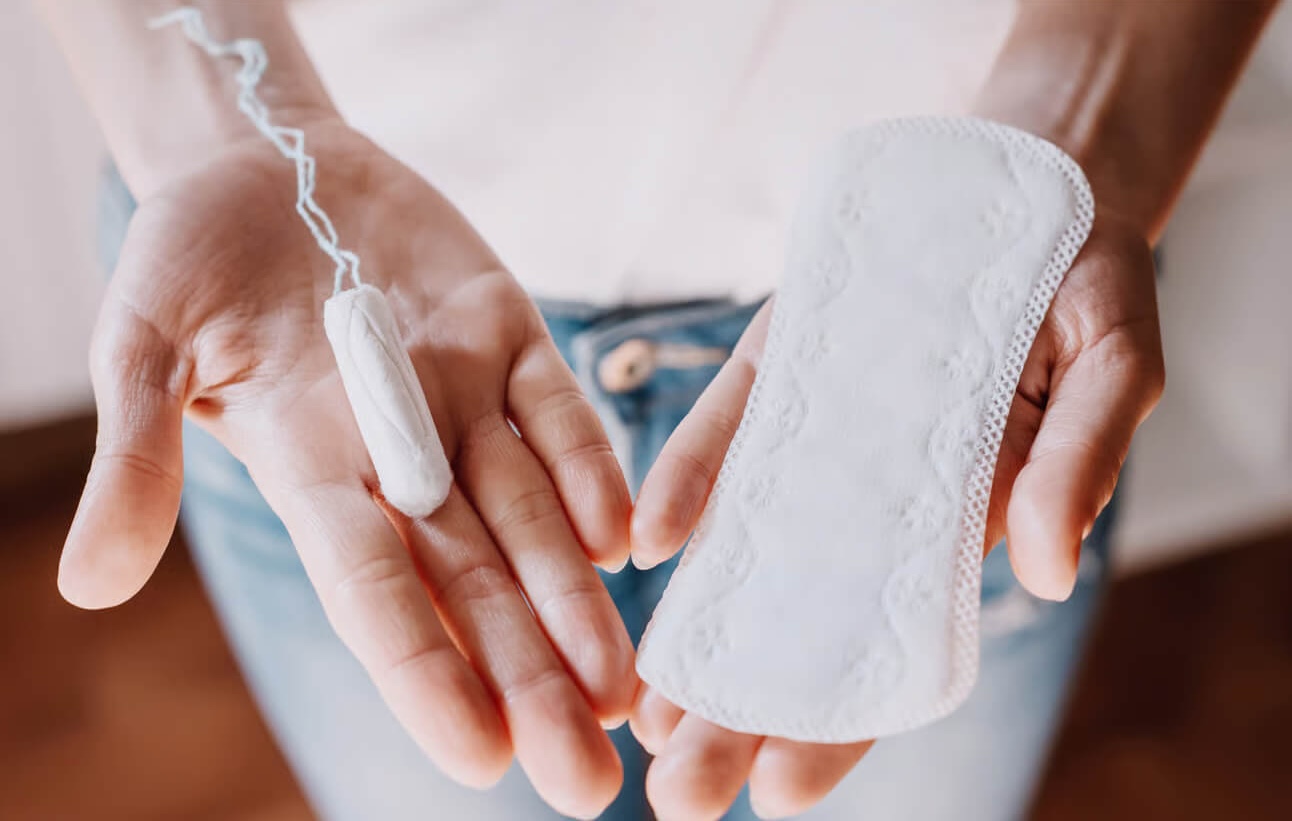Could Menstrual Blood Be a Source of Key Medical Information?
What if the next big breakthrough in women’s health has been hiding in menstrual blood all along?

What if one of the most overlooked opportunities in medical research was sitting in your bathroom trash can?
Every month, hundreds of millions of people get their periods, and nearly all that blood goes straight to the garbage. But menstrual blood is a treasure trove of information that could help detect endometriosis, catch cervical cancer early, and so much more.
The Goldmine That is Menstrual Blood
This isn’t some far-fetched fantasy. We already draw blood from veins to check everything from cholesterol to cancer. But menstrual blood is different from the blood drawn during a regular doctor’s appointment:
- Menstrual Blood: A mix of regular blood, endometrial tissue (the lining of your uterus), cervical and vaginal secretions, and cells from your reproductive tract.
Think of menstrual blood as a window into your uterus. That’s valuable because your uterus isn't exactly a place you can “peek into” without an invasive biopsy. This inaccessibility is a big reason why reproductive conditions often go undiagnosed for years.
Endometriosis
Take endometriosis. Despite affecting roughly 10% of women, the average endometriosis diagnosis takes 4-11 years! That’s thousands of hours of unnecessary confusion, suffering, and being told to “just take an Advil” (ugh).
But endometriosis is one of the diseases that menstrual blood can detect:
- Science Says: A 2020 study found that cells from the menstrual blood of people with endometriosis behave differently than those from healthy people. When researchers tested these cells, they could identify endometriosis with 92% accuracy.
Cervical Cancer and HPV Screening
There’s also the possibility of cervical cancer and HPV screening. Detecting these usually requires a Pap smear or HPV test, which means speculum, stirrups, paper gown, and a gynecologist being all up in your business.
Imagine if it were as easy as mailing a used sanitary pad:
- Science Says: A 2021 study found that menstrual blood testing could accurately predict high-risk HPV status in 94.2% of patients. In some cases, it outperformed standard tests at detecting specific HPV subtypes.
This could be a breakthrough for global public health. Mailing a sanitary pad is low-cost, non-invasive, and could give millions of people access to life-saving screening.
Don’t Forget The Stem Cells
Menstrual blood is also rich in mesenchymal stem cells (MenSCs for short). They’re the same kind of stem cells found in bone marrow, fat, and umbilical cords.
From wound healing, cardiovascular repair, to neurodegenerative diseases, MenSCs are showing potential as powerful tools to repair the body.
- Science Says: One review found MenSCs are easy to collect, can turn into many different types of cells (heart, brain, liver, etc), and don’t cause immune rejection.
If you’re thinking, “We’ve been flushing these out every month?” same. Only in women’s health would we have gold and barely do anything with it for decades.
The good news? We are starting to inch closer to a mail-your-pad-get-your-diagnosis future.
- Qvin recently hit the market as the first FDA-approved diagnostic menstrual blood pad that can test for diabetes, uterine fibroids, STIs, and more.
- There’s also NextGen Jane. This start-up is developing a “smart tampon” that collects menstrual blood and scans it for endometriosis, STIs, hormonal markers, and fertility indicators.
The Downsides of Menstrual Blood Testing
Like with anything in medicine, there’s a big ol’ asterisk. Menstrual blood is not exactly sterile or consistent. One month it’s Niagara Falls, the next it’s barely a trickle.
Plus, period blood is a biological concoction of cervical mucus, vaginal flora, hormones, and more (a diagnostic dream but a logical nightmare). The big challenge scientists have is making sure they can isolate useful information and that it’s reliable from cycle to cycle, person to person.
The Future of Menstrual Blood Testing
Don’t expect to be mailing your tampons in tomorrow. There are still lots of hurdles before menstrual testing can become mainstream:
- Standardizing sample collection
- Keeping samples stable during shipping
- Being comfortable with the idea of mailing in our used tampons or pads (obviously)
But what seems out there now could be standard practice in a decade. Just look at how at-home genetic tests or mail-in stool kits for colon cancer. Menstrual blood diagnostics could be next, and I, for one, hope they are!
I’ll keep you updated when this science gets closer. Considering we already inspect skin, mouth tissue, saliva, teeth, and even stool, there’s no reason why menstrual blood can’t be next.


